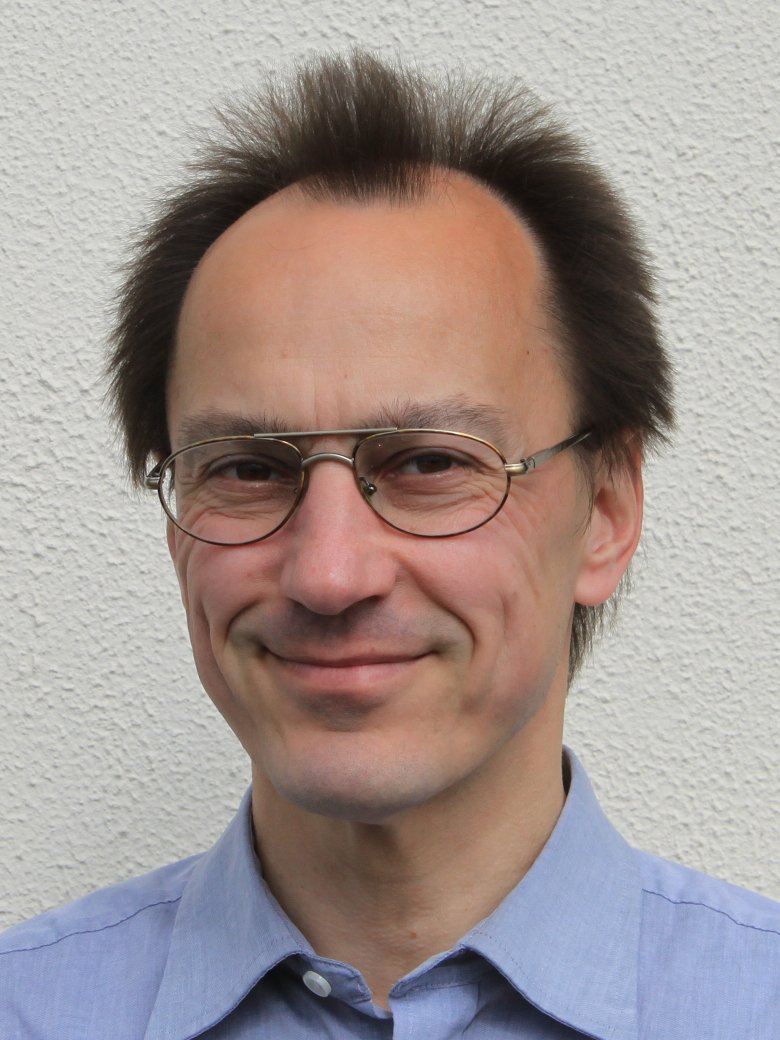Algebraic Geometry Conference 2012
3 – 4 February 2012
Mary Immaculate College, Limerick
All talks will take place in room T115. (This room is in the TARA building, to be found on the campus map.)
This is our third Algebraic Geometry meeting in Ireland.
The second
was organized by Anca Mustata at UCC in March 2011.
The first
was organized by Madeeha Khalid at SPD in November 2010.
This conference is finacially supported by the Department of Mathematics and Computer Studies at Mary Immaculate College and by the Irish Mathematical Society.
Programme ⇒ printable version
| Friday, 3 February | ||
| 1.00 – 1.10 pm | Michael Hayes (President of MIC) |
Opening of the Conference |
| 1.10 – 1.40 pm | Donal Hurley (UCC) |
Tribute to the work of Gerard Enright and Pat O'Sullivan at Mary Immaculate College |
| sandwiches and tea | ||
| 2.00 – 3.00 pm | Manfred Lehn (Univ. Mainz, Germany) |
The theorem of Grothendieck-Brieskorn-Slodowy and symplectic hypersurfaces |
| 3.30 – 4.30 pm | Ana Cristina López Martín (Univ. of Salamanca, Spain) |
The group of relative Fourier-Mukai transforms of some fibrations. |
| coffee break | ||
| 5.00 – 6.00 pm | Andrei Mustata (UCC) |
On the Intersection Theory of Chow Quotients |
| conference dinner at 7.00 pm | ||
| Saturday, 4 February | ||
| 9.00 – 10.00 am | Madeeha Khalid (St. Patrick's College, Drumcondra) |
Lattices and orbifold K3 surfaces |
| 10.30 – 11.30 am | Vahid Yazdanpanah (UCC) |
Inverse limit of GIT quotients of Grassmannians by a torus |
Abstracts ⇒ printable version
Madeeha Khalid: Lattices and orbifold K3 surfaces.
We consider K3 surfaces which admit anti-symplectic involutions. These are involutions which act as minus the identity on the holomorphic two form of the K3 surface. A K3 surface with an anti-symplectic involution leads to the construction of a Borcea-Voisin threefold. We investigate conditions under which orbifold K3s admit anti-symplectic involutions. Conformal field theories on some orbifold K3 surfaces are well understood but little is known about conformal field theories on threefolds. Our long term goal is to extend conformal field theories on these orbifold K3 surfaces to their associated Borcea-Voisin threefolds.
Manfred Lehn: The theorem of Grothendieck-Brieskorn-Slodowy and symplectic hypersurfaces.
Both simple complex Lie algebras and Kleinian surface singularities are classified by Coxeter-Dynkin graphs. In the first case the graph describes the root system of the Lie algebra, in the second case the intersection behaviour of the exceptional curves in a minimal resolution of the singularity. A simple connection between these apparently quite different topics was conjectured by Grothendieck and proved by Brieskorn for ADE-graphs and by Slodowy for BCFG-graphs. I shall illustrate this classical result with explicit examples and show how the theorem can be naturally generalised in the holomorphically symplectic context. This also leads to new four- and sixdimensional symplectic hypersurfaces, which could be considered as higher dimensional analogues of the classical Kleinian singularities.
Ana Cristina López Martín: The group of relative Fourier-Mukai transforms of some fibrations.
Since its introduction by Mukai, the theory of integral functors and Fourier-Mukai transforms has been an important tool in the study of the geometry of varieties and moduli spaces. Working with a fibered scheme over a base T it is quite natural to look at the group of T-linear autoequivalences. The description of this group seems a hard problem. We will restrict ourselves to the subgroup given by relative Fourier-Mukai transforms. In this talk, I will explain how for a projective fibration the knowledge of the structure of the group of autoequivalences of its fibres and the properties of relative integral functors provide a machinery to study that subgroup. I will work out the case of a Weierstrass fibration and report about the results for abelian schemes and Fano or anti-Fano fibrations. This is a joint work with D. Sánchez Gómez and C. Tejero Prieto.
Andrei Mustata: On the Intersection Theory of Chow Quotients.
GIT quotients are often use in the construction of moduli spaces. Important invariants for the moduli spaces can be constructed via the intersection ring of the GIT quotients. However a GIT quotient is depending on the choice of a linearized line bundle, so in general is not unique. In the case of quotients by (C*)n we will show that there exists a natural ring containing the information of all the GIT quotients and we interpret this ring in terms of the intersection theory of a geometrical object: the inverse limit of the GIT quotients. Moreover this inverse limit has a modular interpretation.
Vahid Yazdanpanah: Inverse limit of GIT quotients of Grassmannians by a torus.
The inverse limit of GIT quotients of a grassmannian varieties by a torus acting on it is the closure of a moduli space of very stable pairs of Hacking et al. In particular for G(2, n + 1) this moduli space is M0,n. We can study the intersection theory of these moduli space based on the intersection theory of the GIT quotients appearing in this context. In this project we have studied the GIT quotients of G(3, 6) by a maximal torus of SL6. These quotients are nice toric varieties and the morphisms between them can be described very concretely and their inverse limit is the moduli space of compactification of arrangements of 6 lines in P2. Call it M. In general for G(m, n) when n > 2 this moduli space has a number of distinct components of different dimensions. A natural class of suitable dimension that plays the role of the fundamental classes is necessary for a relevant intersection theory on M.



